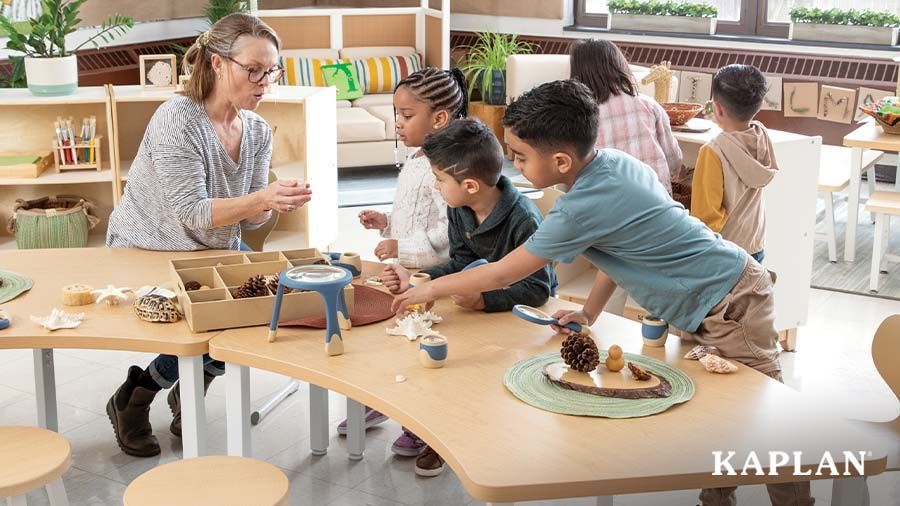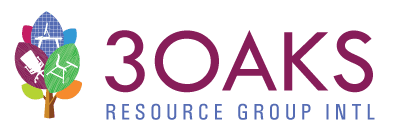Digital Marketing for New Student Enrollment: Strategies That Drive Results
In today’s competitive education landscape, schools must go beyond word-of-mouth and traditional advertising to attract new students. Digital marketing offers powerful, data-driven strategies to connect with prospective families where they already spend their time—online.

At 3 Oaks Resource Group, we understand that marketing for student enrollment requires a multi-channel approach. Below, we break down the most effective digital media tactics, their advantages, challenges, and how to use them strategically. From targeted ads to strategic retargeting, digital tools allow schools to increase visibility, build trust, and ultimately drive enrollment.
1. Pay-Per-Click (PPC) Advertising: Immediate Visibility
PPC advertising, such as Google Ads and Bing Ads, allows schools to appear at the top of search results when prospective families are actively looking for educational options.
✅ Pros:
✔ Instant visibility in search results.
✔ Highly targeted (location, demographics, search intent).
✔ Cost-effective—pay only when someone clicks.
❌ Cons:
✖ Can become expensive if not optimized correctly.
✖ Requires ongoing management to avoid wasted ad spend.
🔹 How It’s Used: Schools can bid on keywords like “best charter school near me” or “private school with STEM programs” to reach families actively searching for educational options.
2. Retargeting: Staying Top-of-Mind
Many families visit a school’s website but don’t inquire immediately. Retargeting keeps your school’s brand in front of them as they browse other sites or social media.
✅ Pros:
✔ Increases conversion rates by reminding interested families.
✔ Cost-efficient—targets only warm leads.
✔ Works across multiple platforms (Google Display Network, Facebook, Instagram).
❌ Cons:
✖ Requires an initial visit to your website.
✖ Can feel intrusive if not properly balanced.
🔹 How It’s Used: If a parent visits your admissions page but doesn’t fill out an inquiry form, retargeting ads will display reminders about upcoming open houses or key enrollment deadlines.
3. Geofencing: Hyper-Local Targeting
Geofencing creates a virtual boundary around a specific location, triggering ads to appear on mobile devices when people enter or leave the area.
✅ Pros:
✔ Targets families near competing schools, daycare centers, or community events.
✔ Location-based precision ensures relevant audiences.
✔ Great for promoting open houses or enrollment events.
❌ Cons:
✖ Requires an existing database of potential families or event attendees.
✖ Less effective in rural areas with lower population density.
🔹 How It’s Used: Schools can geofence daycare centers, family-friendly restaurants, or tutoring centers to serve ads promoting their programs to parents in the area.
4. Social Media Marketing: Engagement & Community Building
Platforms like Facebook, Instagram, and TikTok allow schools to share engaging content, communicate with families, and advertise enrollment opportunities.
✅ Pros:
✔ Builds trust and engagement with prospective families.
✔ Cost-effective advertising with detailed audience targeting.
✔ Visual content (videos, testimonials) enhances credibility.
❌ Cons:
✖ Requires consistent content creation and management.
✖ Organic reach is limited without paid promotion.
🔹 How It’s Used: Schools can run Facebook and Instagram ads targeting parents based on interests, location, and age of their children. Video testimonials from students and teachers can build emotional connections.
5. Direct Mail with Digital Retargeting: Multi-Touch Marketing
Direct mail remains a powerful tool when combined with digital strategies. Families who receive a printed brochure or postcard can later see digital ads reinforcing the message.
✅ Pros:
✔ Physical mail stands out in a digital-heavy world.
✔ Digital follow-up increases conversion rates.
✔ Appeals to parents who prefer tangible materials.
❌ Cons:
✖ Higher initial cost than digital-only tactics.
✖ Requires accurate mailing lists.
🔹 How It’s Used: A personalized postcard promoting an upcoming school tour can be sent to families, followed by digital retargeting ads to reinforce the message.
How 3 Oaks Resource Group Can Help
At 3 Oaks Resource Group, we can deploy enrollment marketing strategies that work. Our team designs customized digital campaigns that maximize visibility, engagement, and inquiries. We leverage the right mix of PPC, social media, retargeting, geofencing, and direct mail to create a multi-touch approach that converts prospective families into enrolled students. So we can now not only help get furnishings and supplies into your schools, we can help attract new students too.



